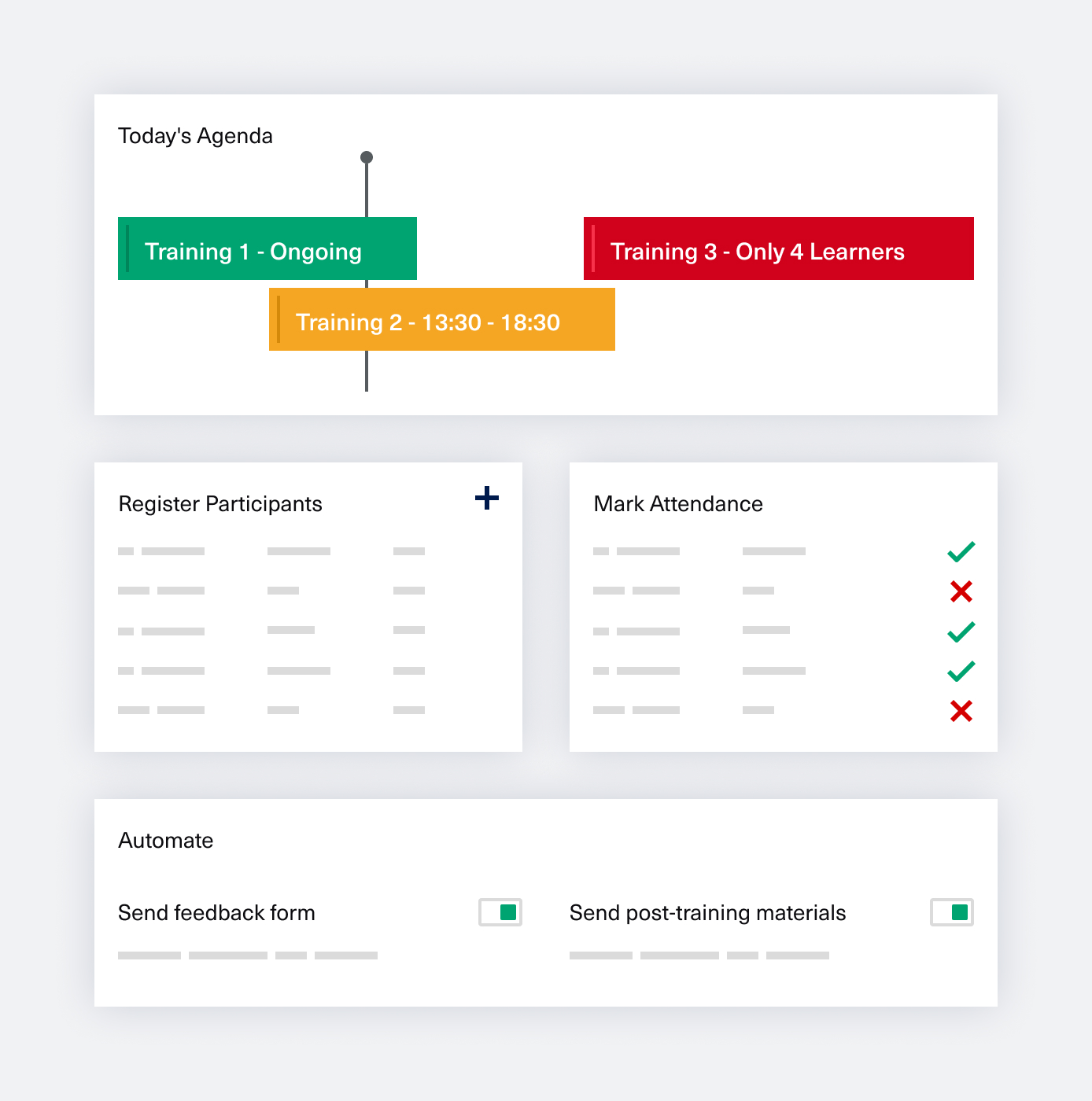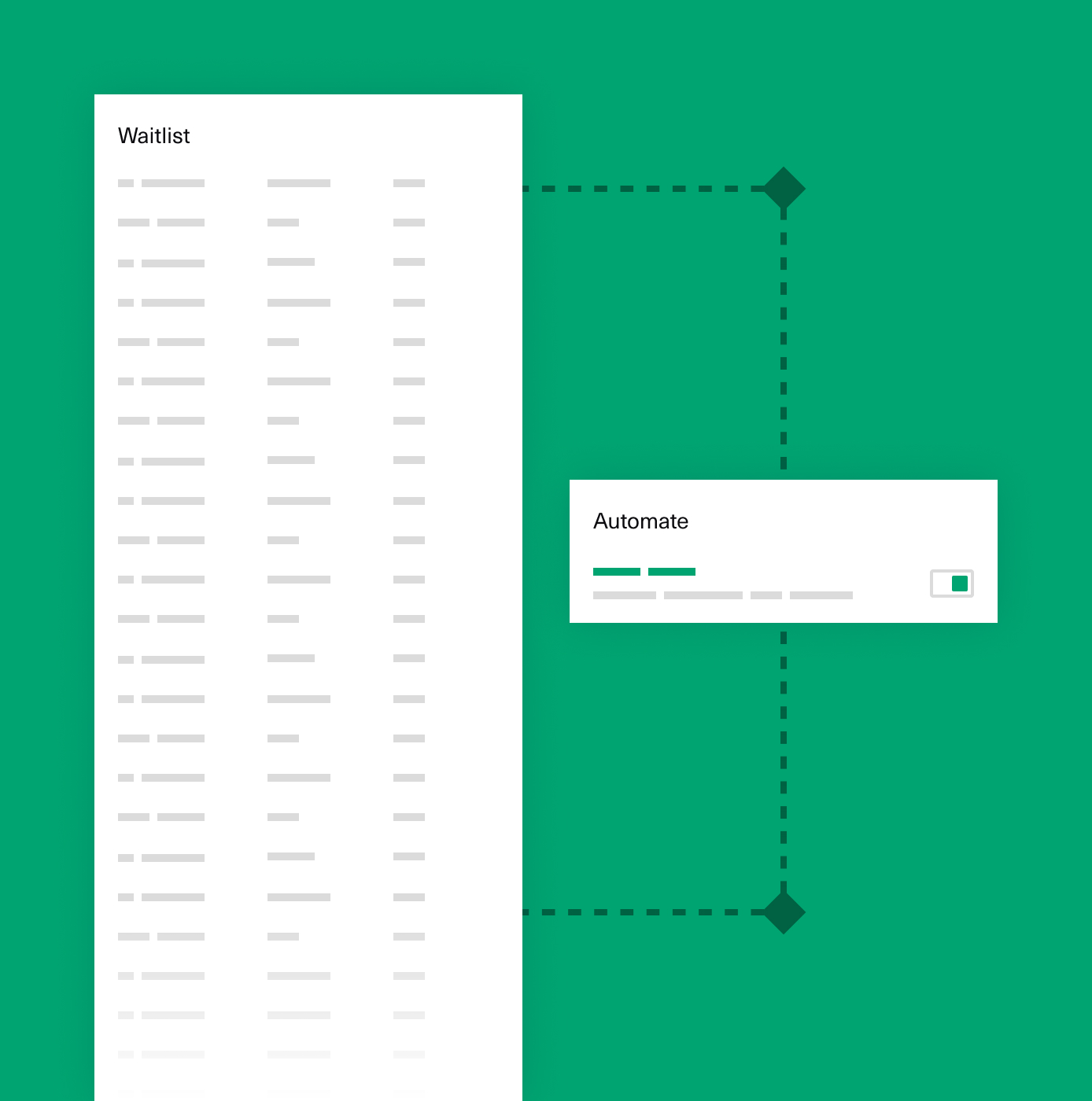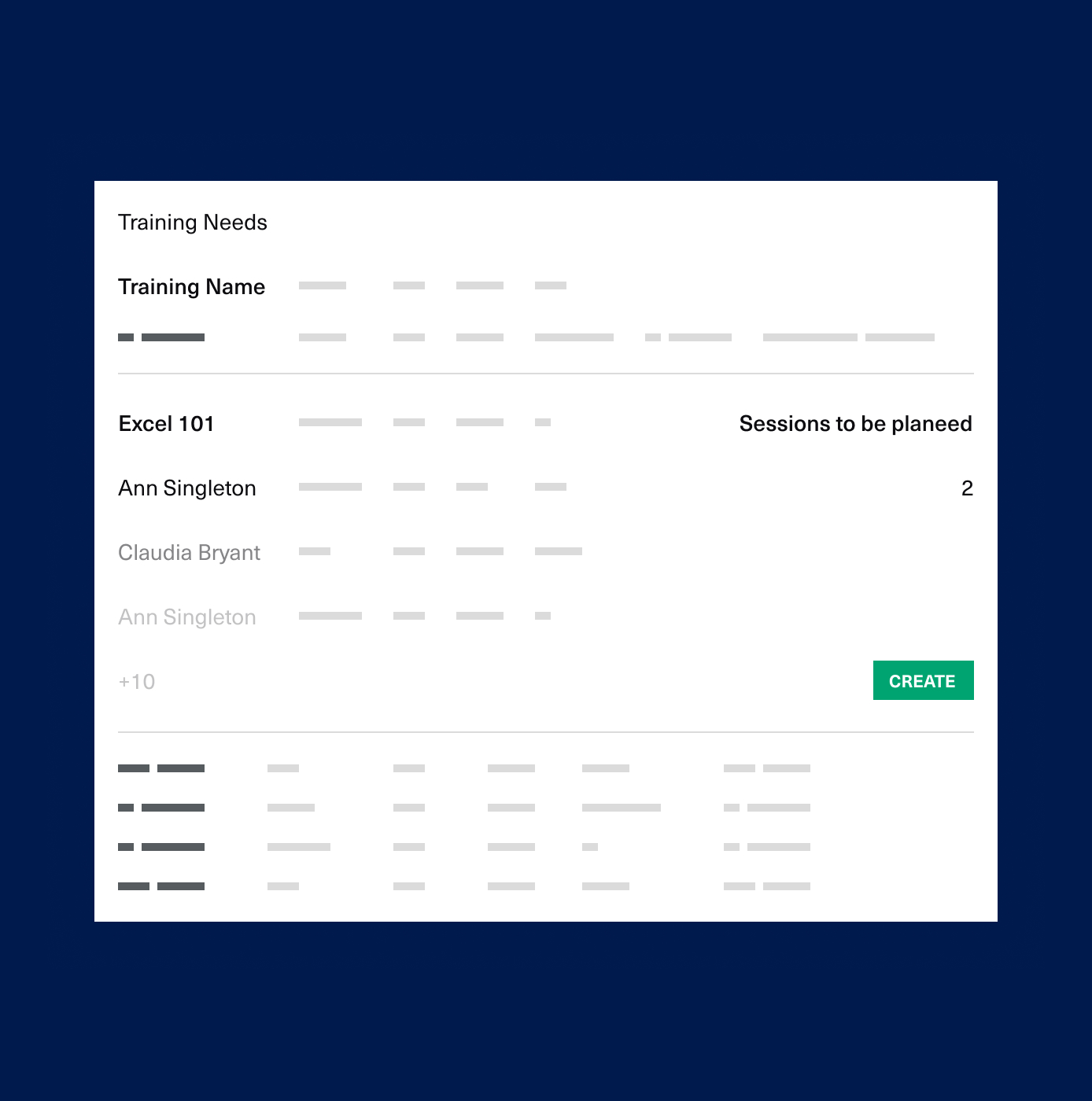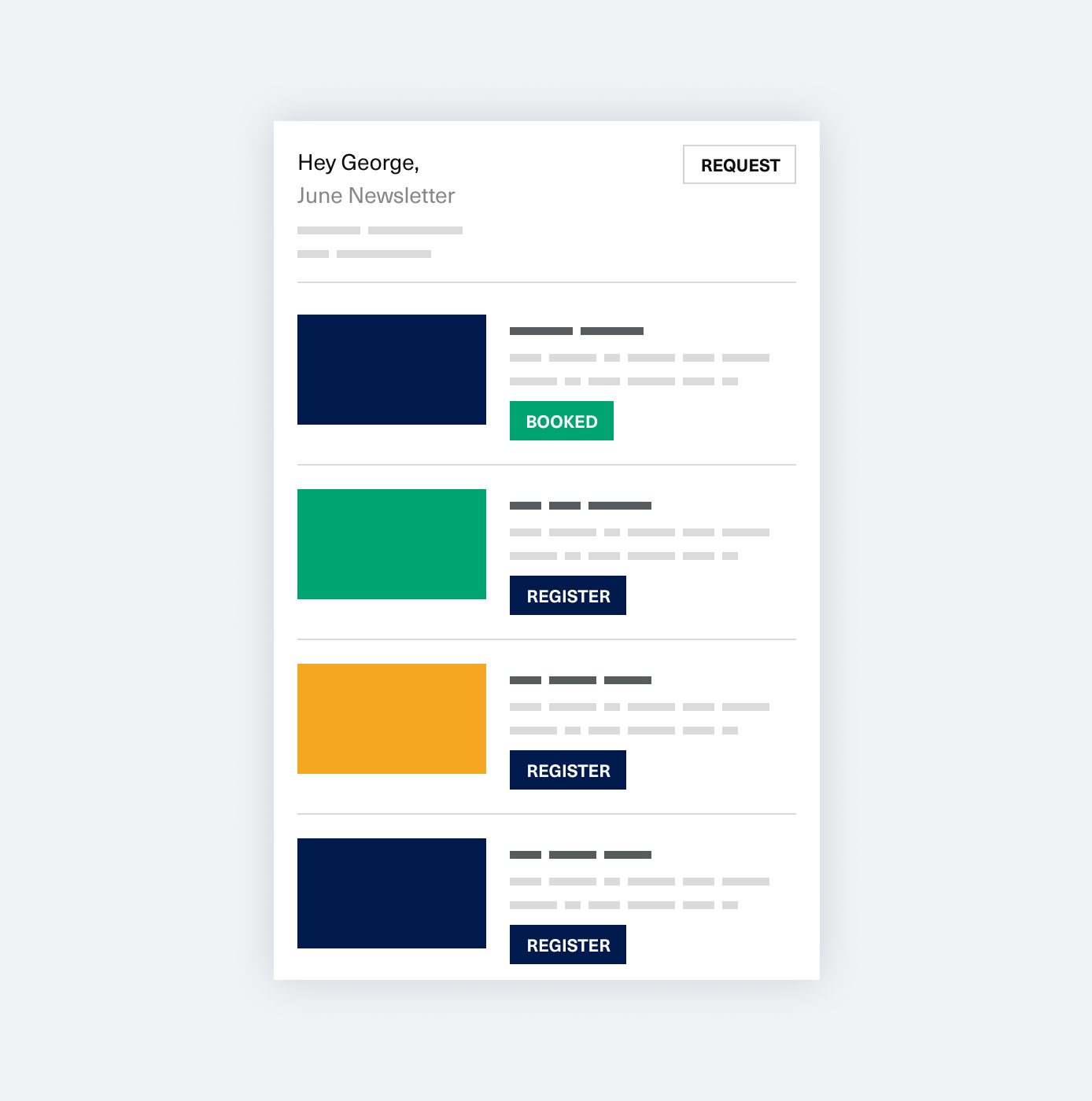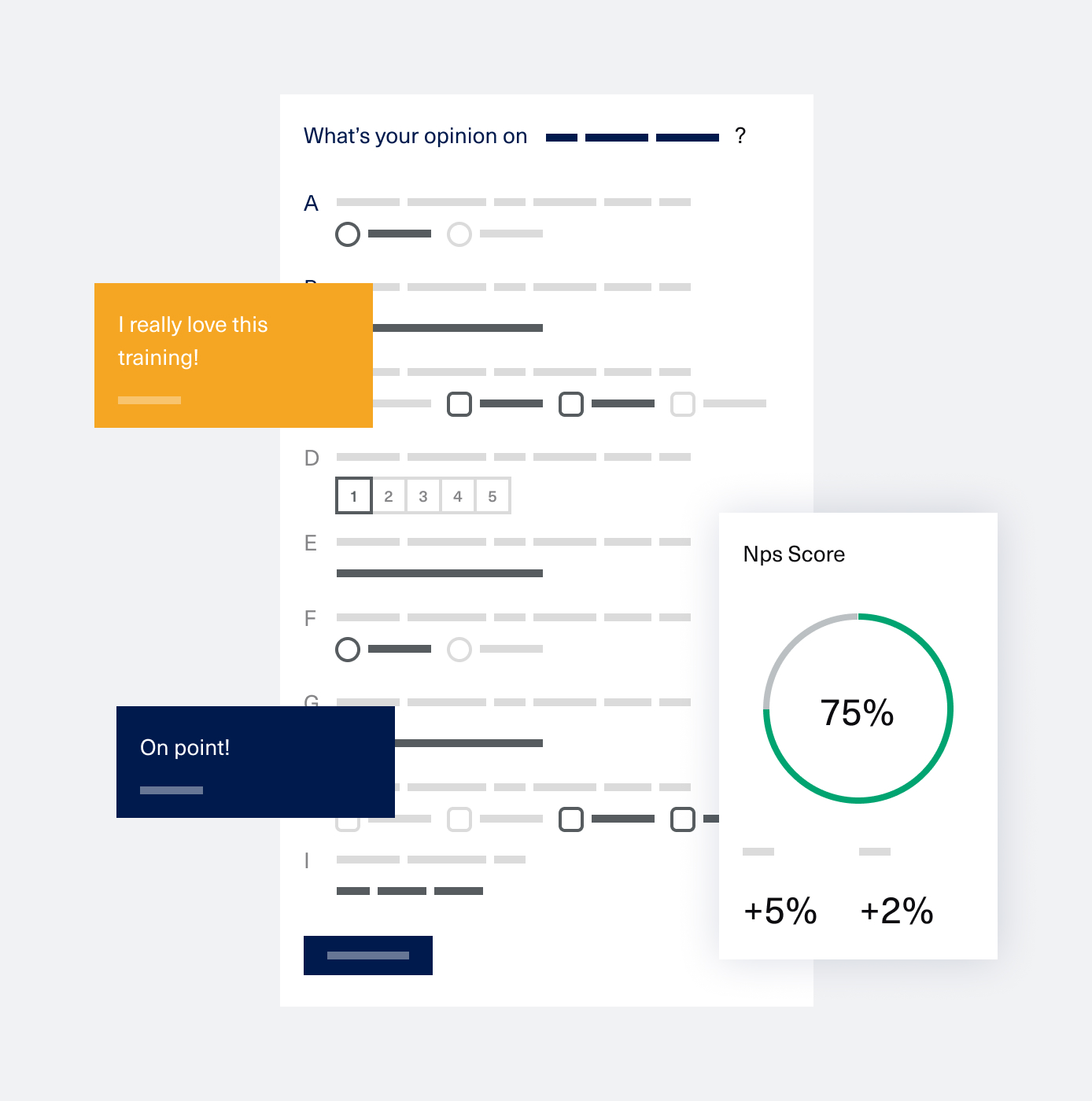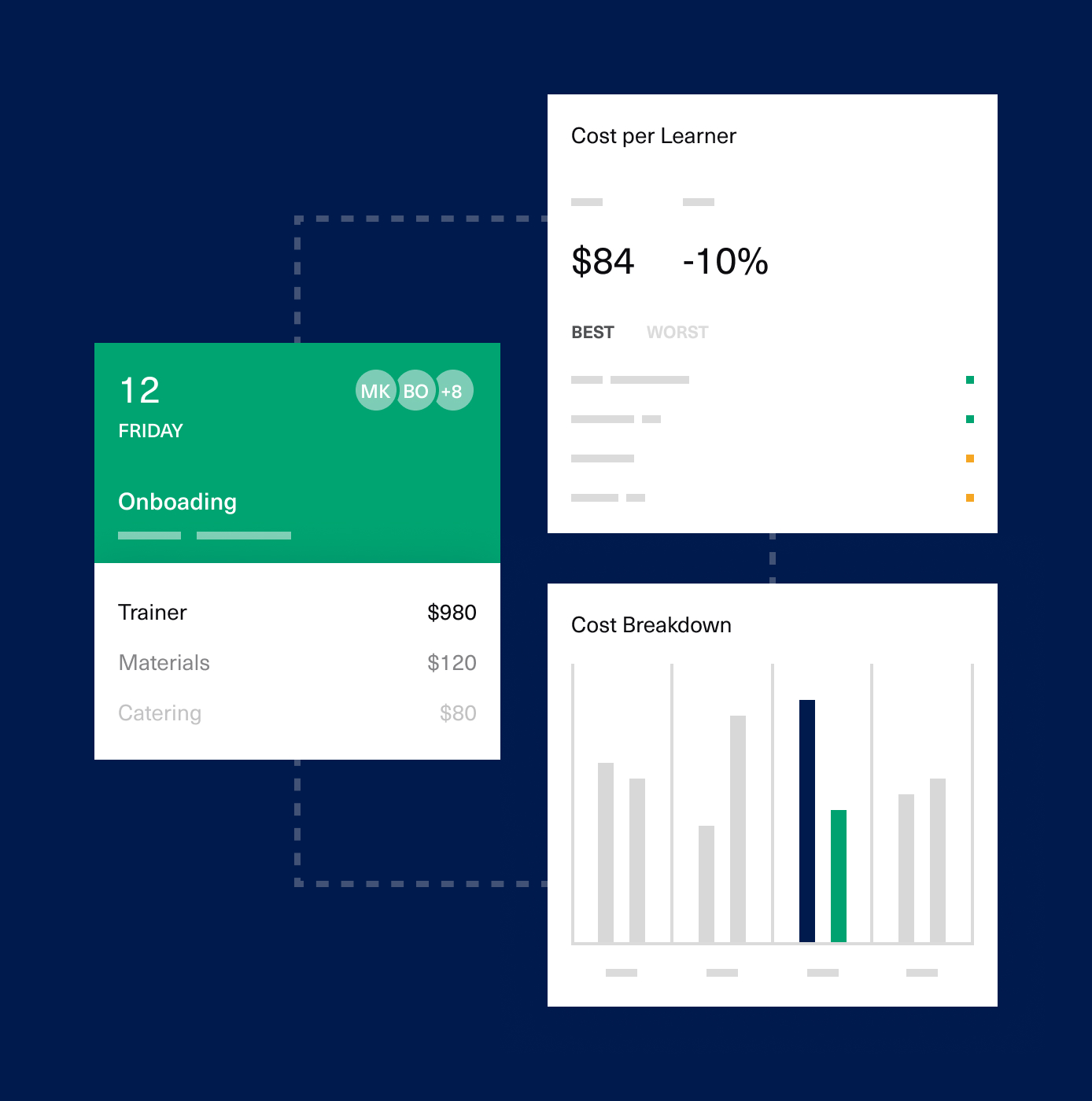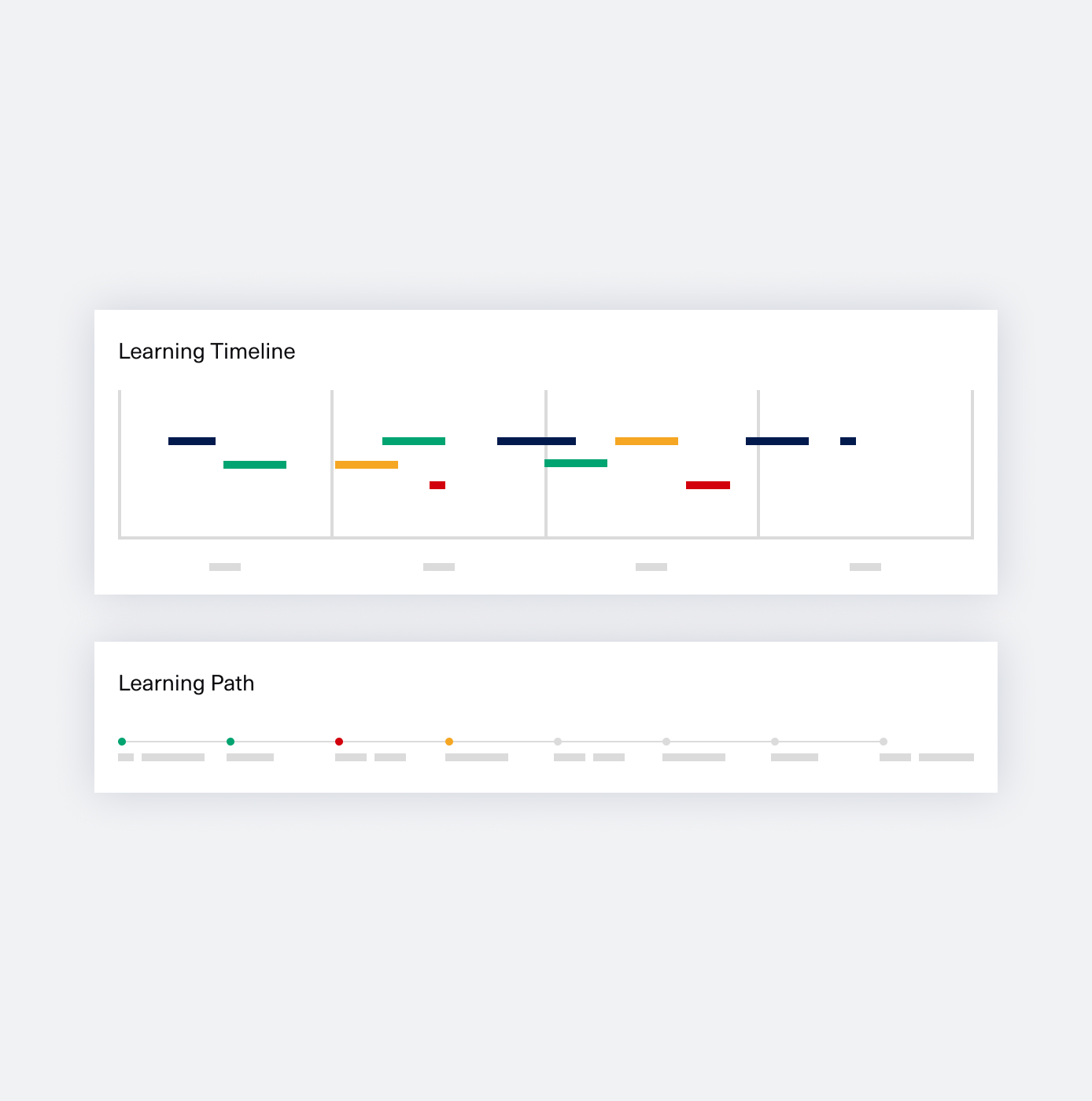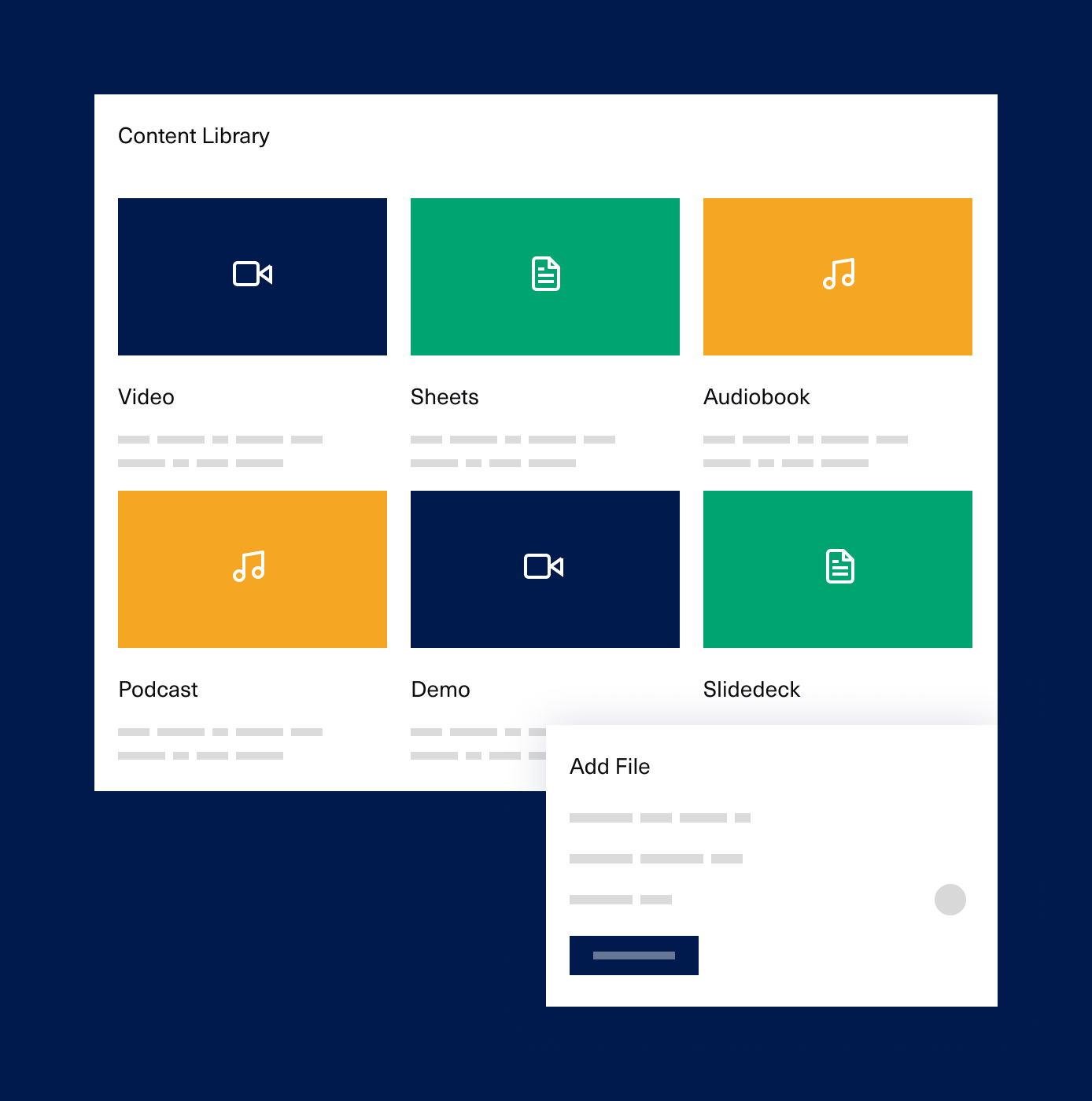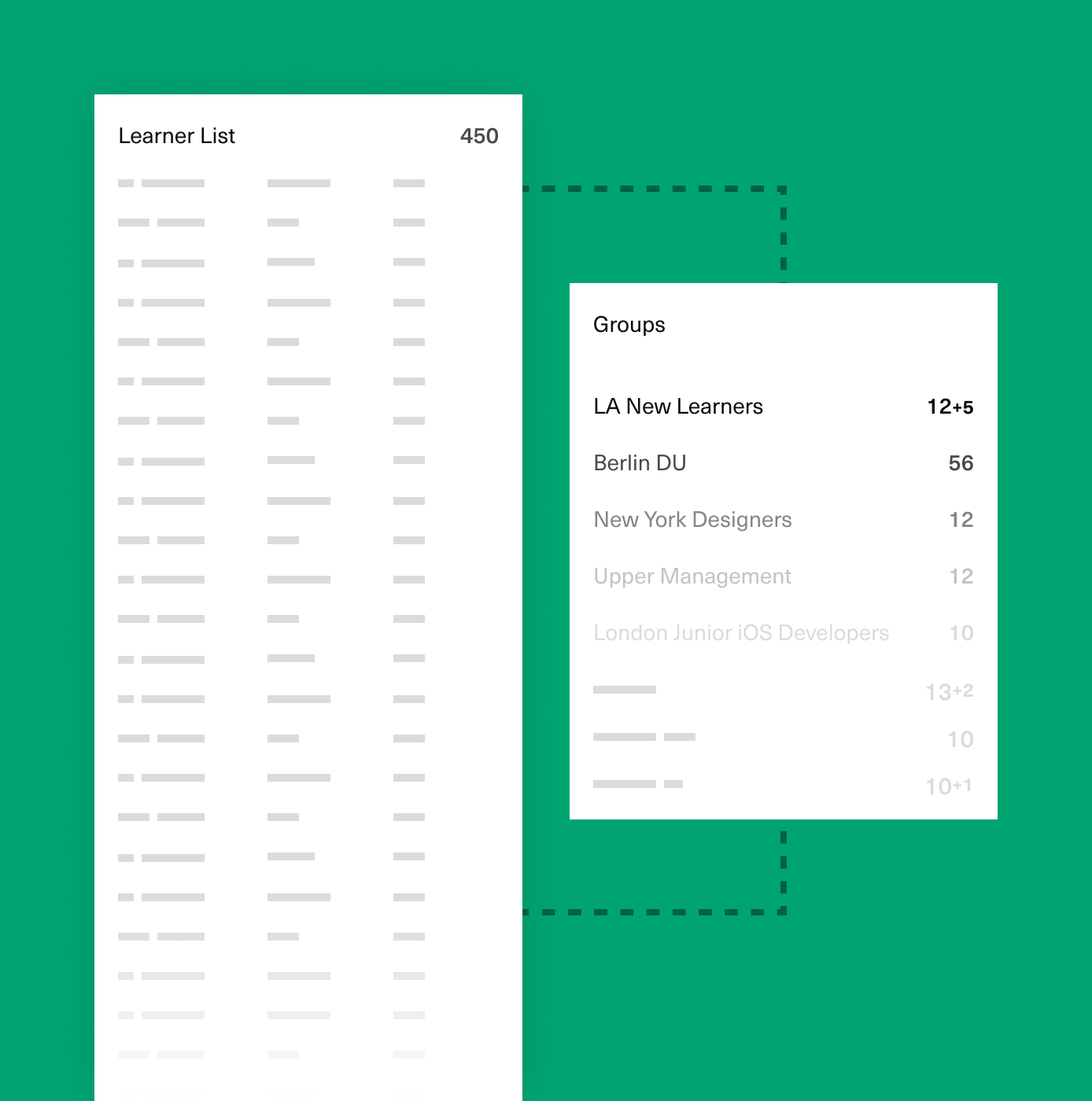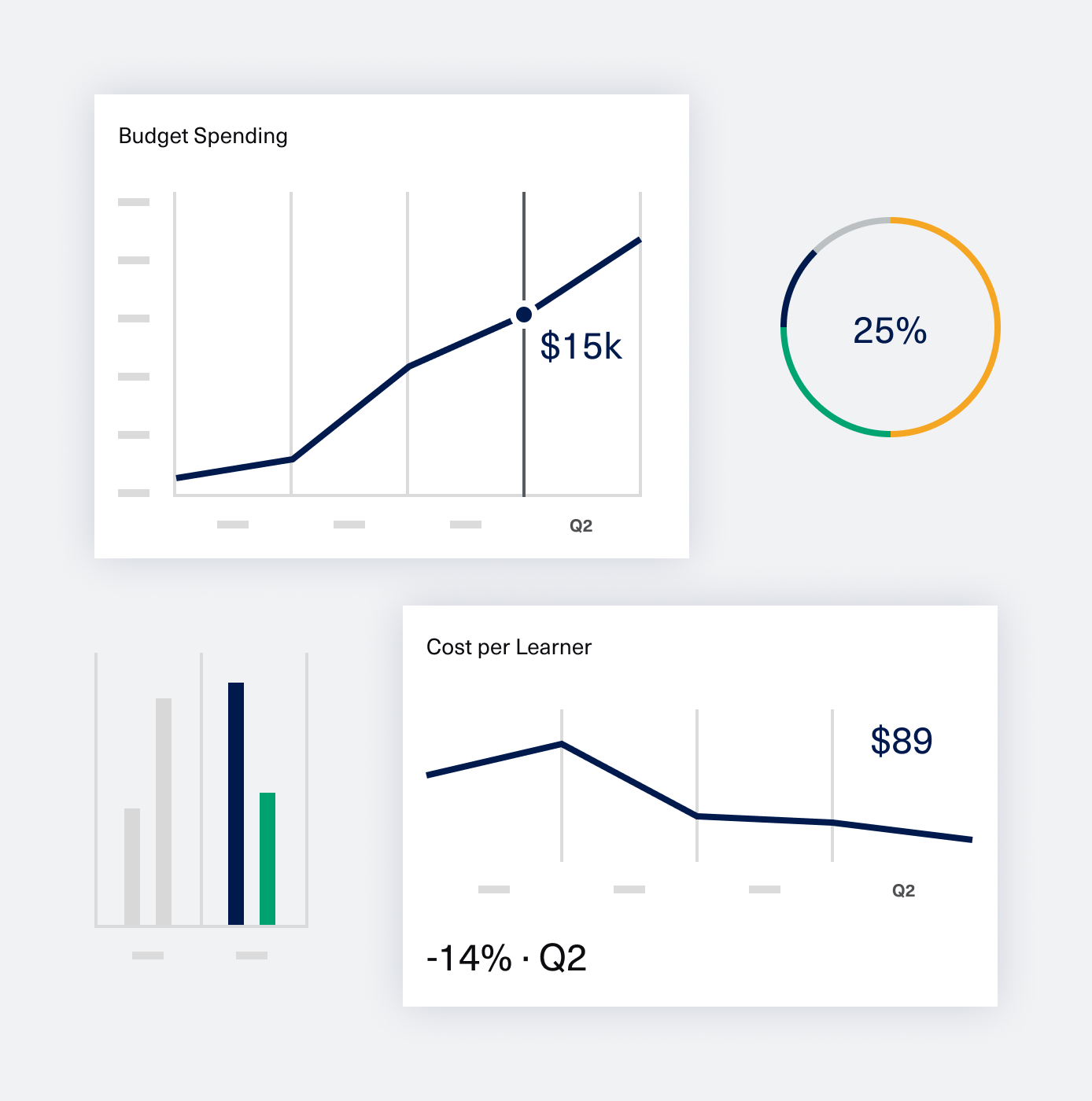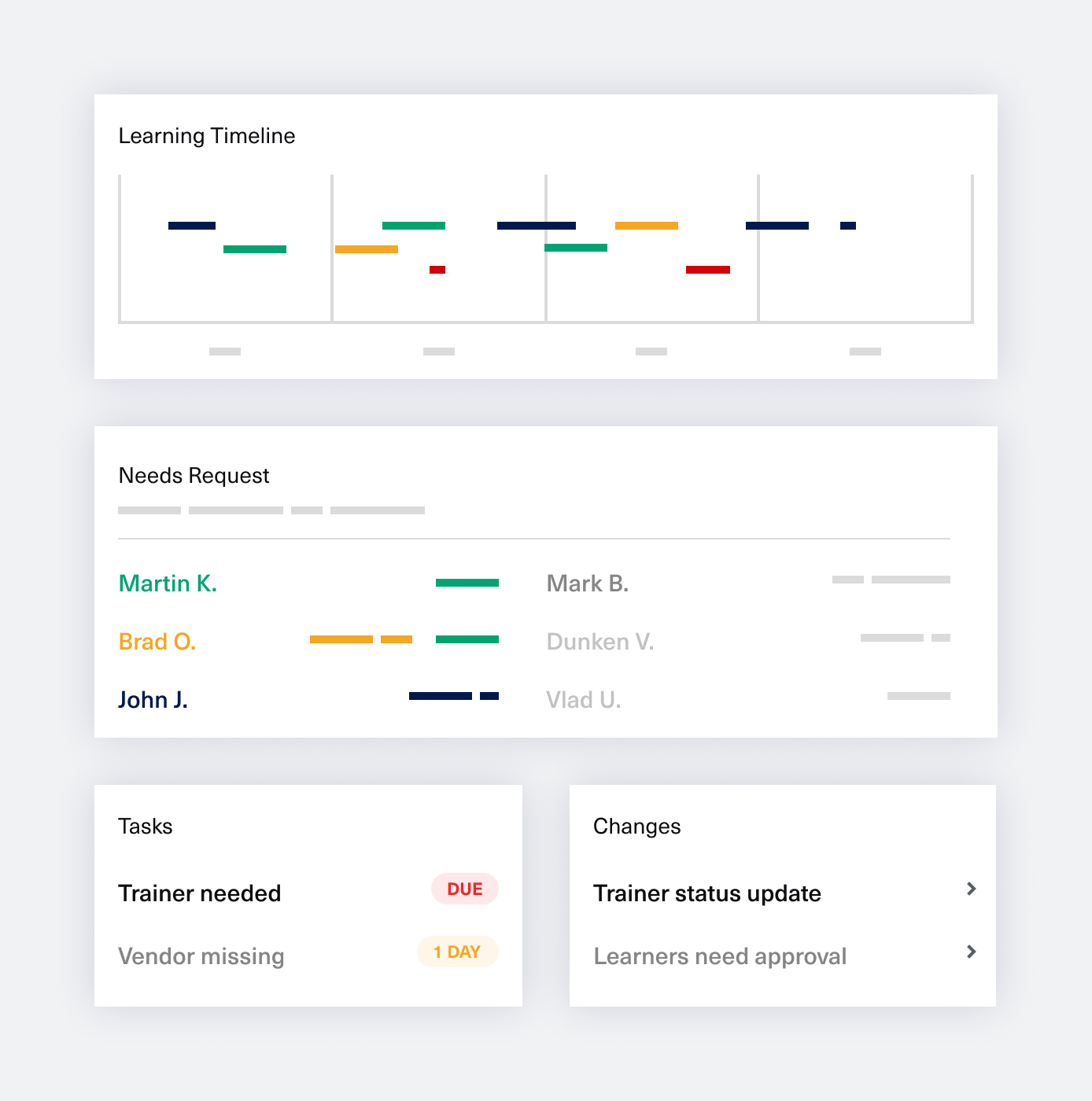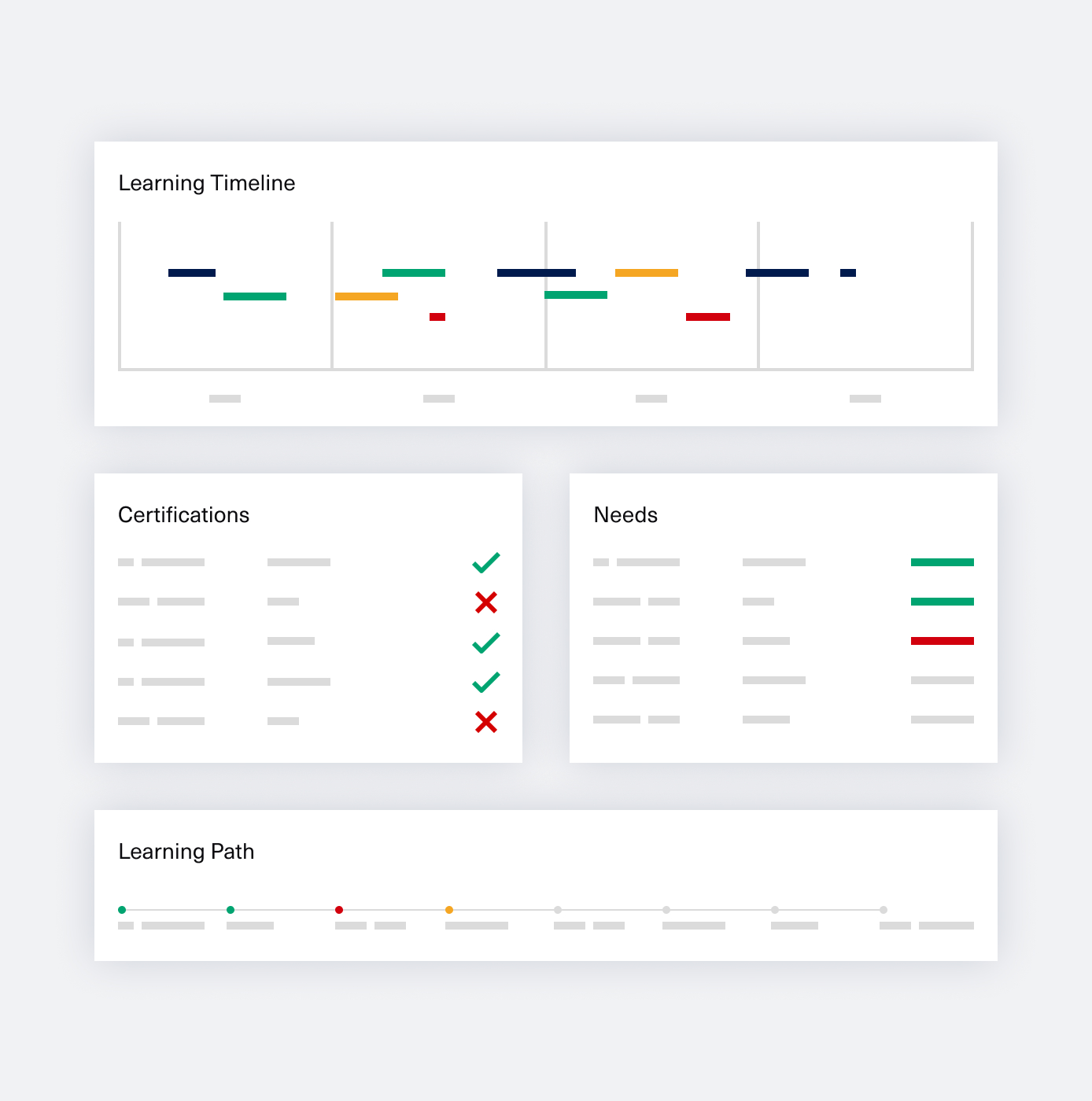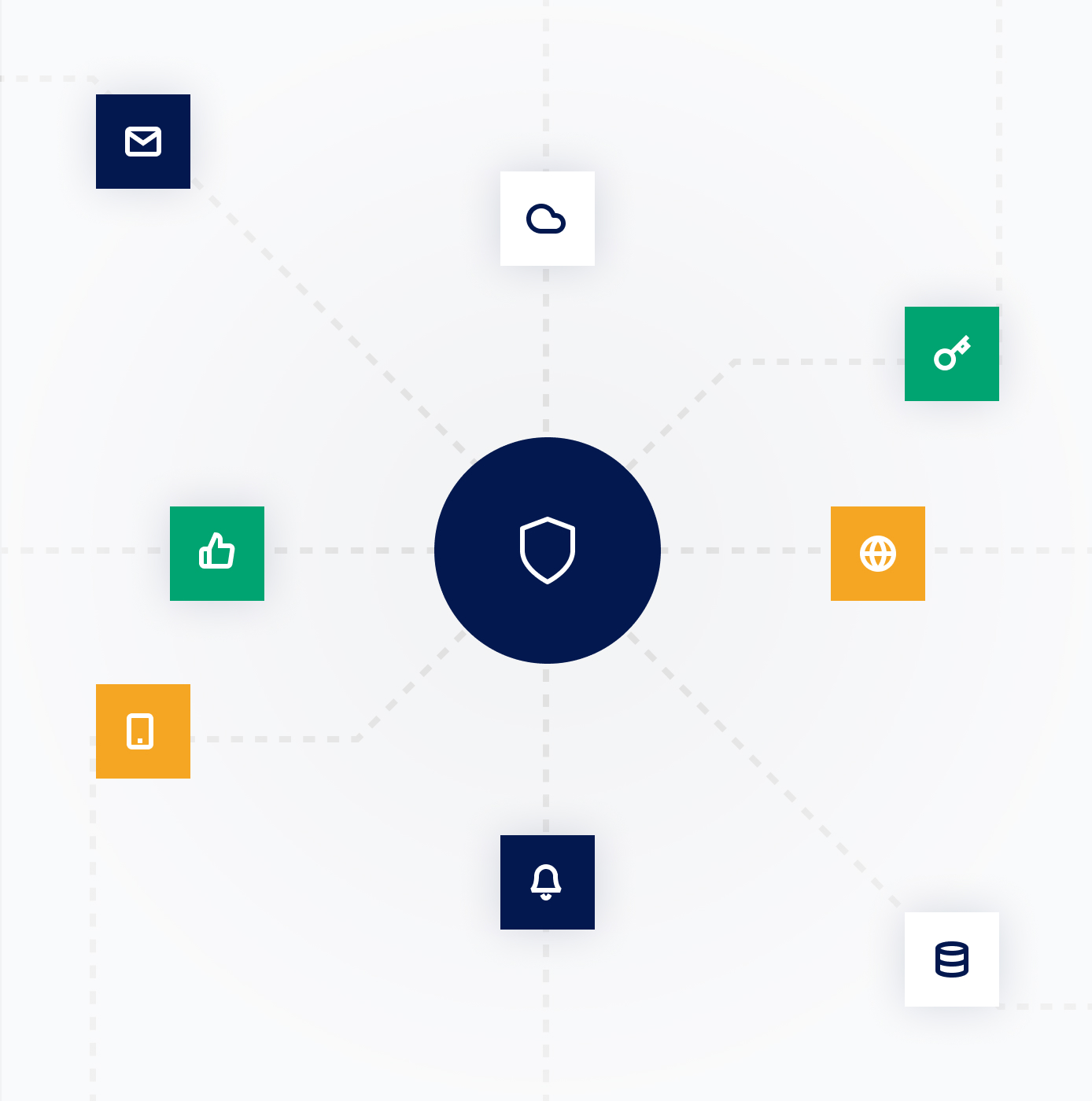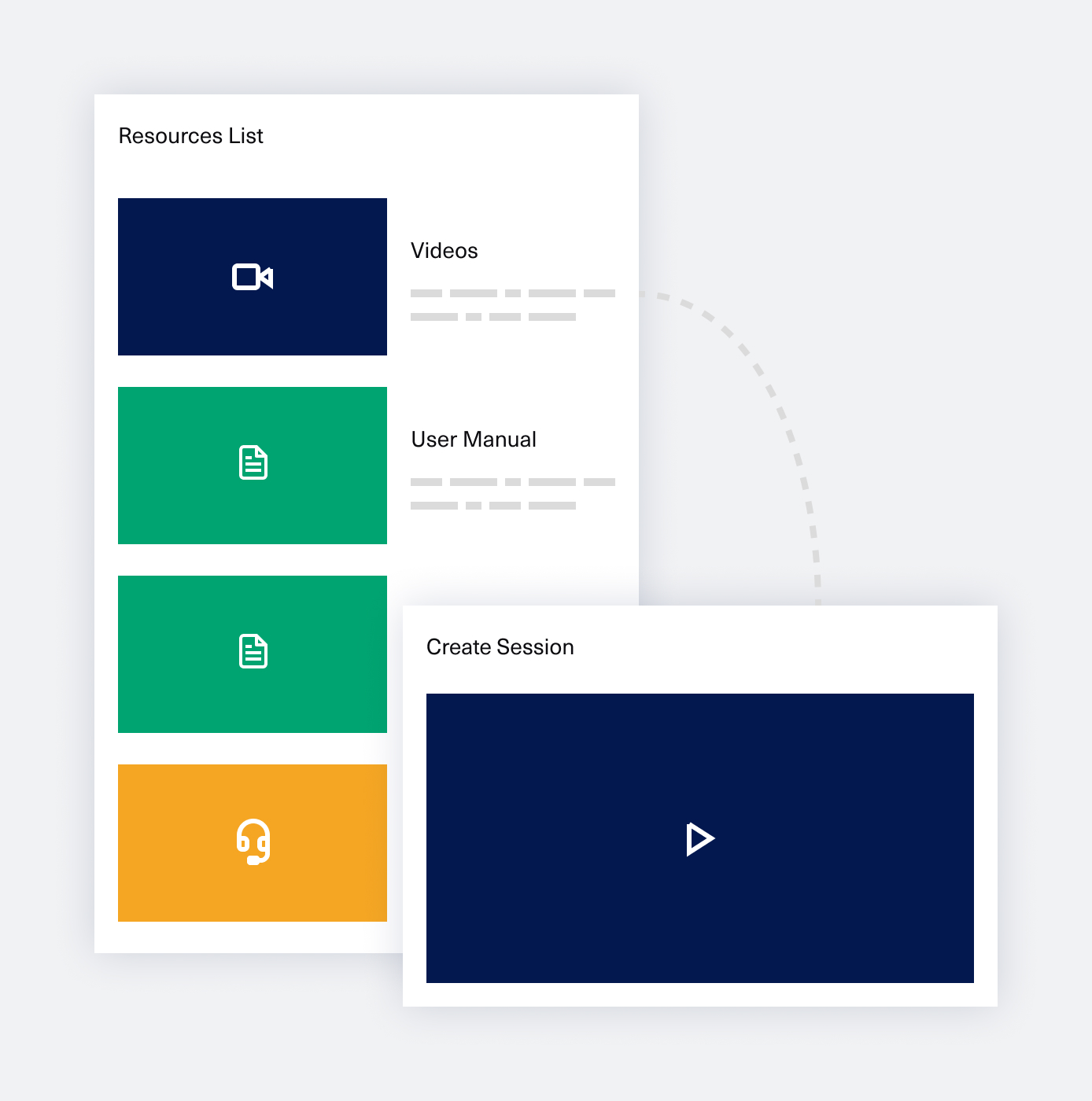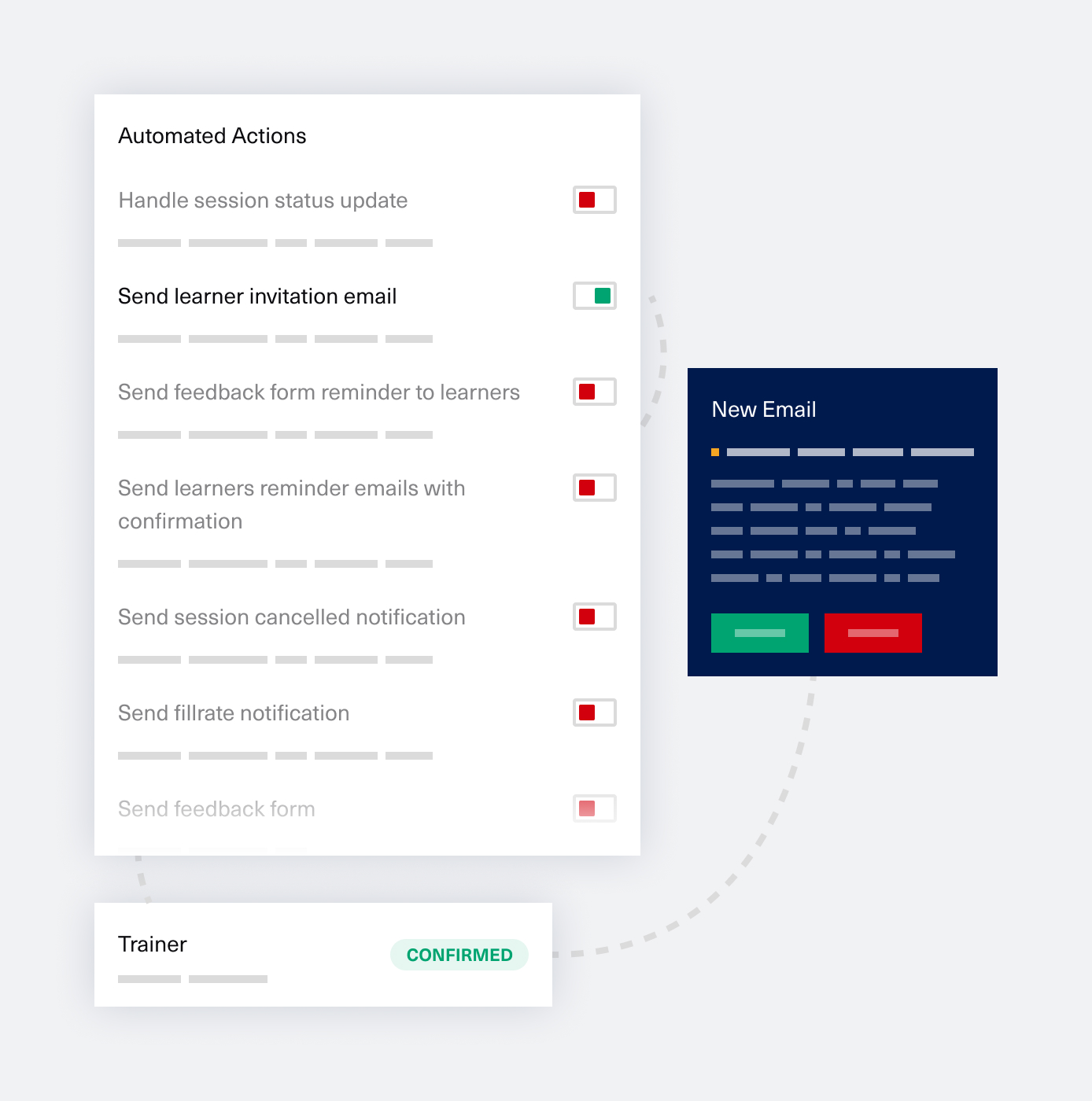Part of my job is to observe the L&D space, the Learning Platform market and determine where we stand in relation to it. I spend time looking at our competition, their marketing, and the benefits they put forward. And I have the weird feeling that something is off in the way learning technologies are advertised and, more importantly, in how companies make purchasing decisions. I want to share my perspective on how I think learning technology purchasing should happen, still keeping the learners’ benefit in mind. I think we, as an industry, can do better.
It’s always a bit funny to me to see how LMSs advertise themselves as having “best-in-class learner experience”, as if this isn’t a commodity already: cool filters, colorful assignments, powerful search, personalized paths, adaptive algorithms, the works. Yes, these are important, but most have already become a hygiene factor: if the LMS of choice doesn’t have these features, it should probably be a non-starter.
Learners don’t know and certainly don’t care *what* platform they’re using. Why don’t they know? Because you’ve probably asked for a white-labeled solution to align with the company brand and not disrupt the employees’ perception of the company’s tech ecosystem. If anything goes wrong or the platform is crappy, learners will likely blame the L&D team for their bad experience, not the tool.
And even if you don’t use a white-labeled solution, learners will still blame L&D for their bad experience because you’re the internal owner of the technology they’re stuck using. Just pick something that gives them high accessibility and some decent content curation and navigation, and you’re pretty much covering their end of the LMS conversation.
Why am I talking about this?
The current way companies choose their Learning Management Solutions is fundamentally flawed. I don’t think the learners’ experience should drive the choice, but rather the L&D team. And I’m saying this with complete awareness that the learner is the internal customer here, whose needs must be excellently met.
For this argument, I will treat the learner as an informed consumer, and here’s why: there are two essential things at play here. One is agency, and the other is objective. When I say agency, I mean the learner’s ability to understand their work context, to identify those situations where they need to learn something new, and the power to make that conscious choice to learn. When I say objective, I mean the reason learning must happen: whether it’s to achieve a business goal or metric, make progress with a work problem, or perform job-relevant tasks or research, the act of learning must have a North Star.
So yes, companies must buy something that essentially doesn’t stand in the learner’s way. Beyond that, everything else is pretty much irrelevant on the learners’ side. Most LMSs now have substantial, mind-blowing learner-facing functionality. In other words, a vast majority of LMSs have reached relative feature parity. I’d argue that choosing an LMS should not be a learner-experience-driven decision but rather something else altogether.
What makes a difference in an organization is the quality, quantity, and timeliness of the L&D team’s work in the LMS while operating with all that information generated by learners while learning. I’m thinking mainly about two aspects: day-to-day work and data output. Let’s break this down.
The complexity of the day-to-day work of L&D
If you’re an L&D professional, anything I list here probably won’t even be new. The complexity of the work is evident just by seeing how the job roles are defined – muddy is the word that comes to mind. To keep it short, the job of L&D is complex, touches on many organizational and individual layers, and requires much attention to detail, knowledge of human psychology, business awareness, strategic thinking, consultative abilities, and the list goes on.
A stuck L&D professional does more damage, in my opinion, than hundreds or thousands of learners in an LMS with a poor search function, for example. Because this person is now a bottleneck, unable to respond to the many needs of the organization quickly enough, bogged down by the countless emails, assignments, and calendar invites that they need to send. Learners will always find a way to get the resources they need, despite poor search functionality. Therefore, enabling the L&D professional to do meaningful, creative, consultative work is probably the best thing you can do for the organization as a whole.
This brings us to Data Output
It’s a beautiful thing to see L&D freed from administrative burdens, busy as a bee, performing all the individual learning needs analyses, keeping in close touch with the business, and providing stellar content curation and creation, always just in time. But where’s the indication of progress? You have to capture an initial skills and competencies snapshot. You then need some method to understand if the organization shows improvement over time and your L&D work is making a difference, both for the people and the organization.
It is crucial to capture learning-related data, perform a thorough analysis based on the right metrics, and showcase ROI within the organization and to upper management (let’s face it, they decide). Without this, most of the stellar L&D effort is in vain, and there isn’t any solid proof of value-add. There’s no way to build a business case for more or better or faster when the need arises.
Data visualization and the ability to make data-driven decisions should be huge factors when an organization implements (new) learning technology. Even though the end beneficiary is the employee, the user’s needs are more important in this particular case. And the user is L&D.
What to do if you’re stuck with the wrong tool?
Advocate for a change, if at all possible. Otherwise, focus on your jobs-to-be-done and how you can work more effectively with the tools at hand. While doing that, raise awareness about the value you bring to the business. Understand what drives the company you’re part of and align learning initiatives to business goals.
If Excel is all you have, then ride that wave like a pro: look for shortcuts, ways to do things faster while capturing as much data as possible, become a spreadsheet magician. If you have an LMS, but it doesn’t serve your workflow well enough, try to find ways to integrate with other technologies. Find solutions in-house (become the IT team’s friend – I promise you it’s worth it!) or play around with tools like Zapier to make your life easier.
There’s always a personal learning journey you can go on, which can be quite an adventure in itself. Figure out ways to capture and extract relevant data, showcase value, and use this information to encourage change for the better. Focus on those metrics critical to the decision makers’ goals and learn to speak their language to advocate for improved L&D enablement.


